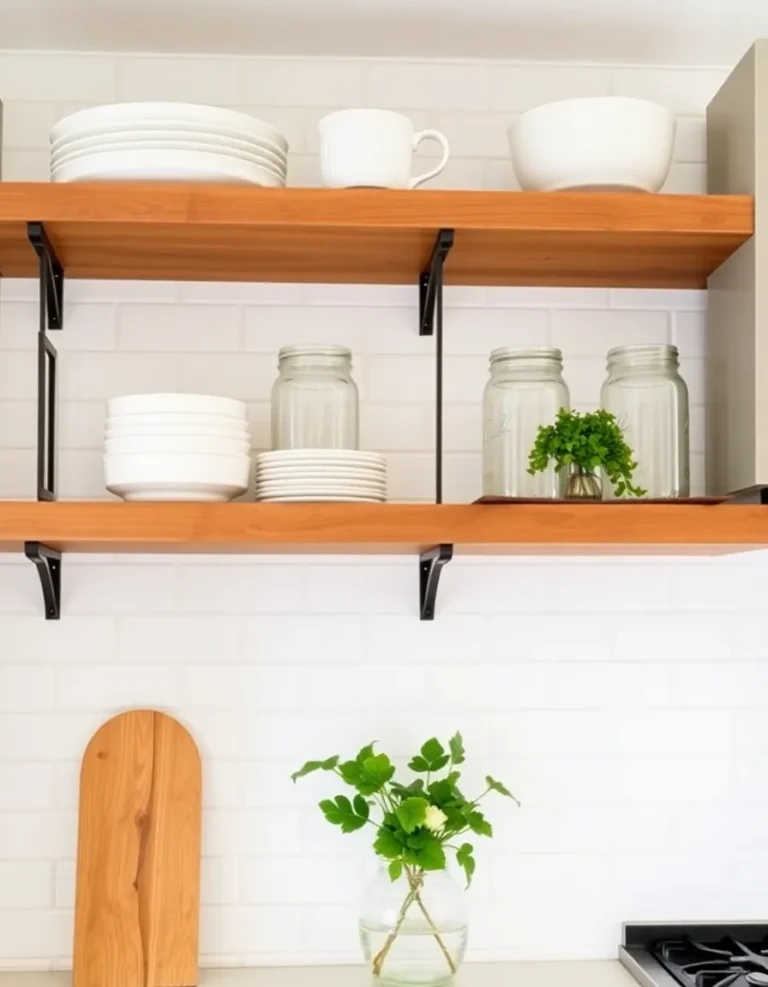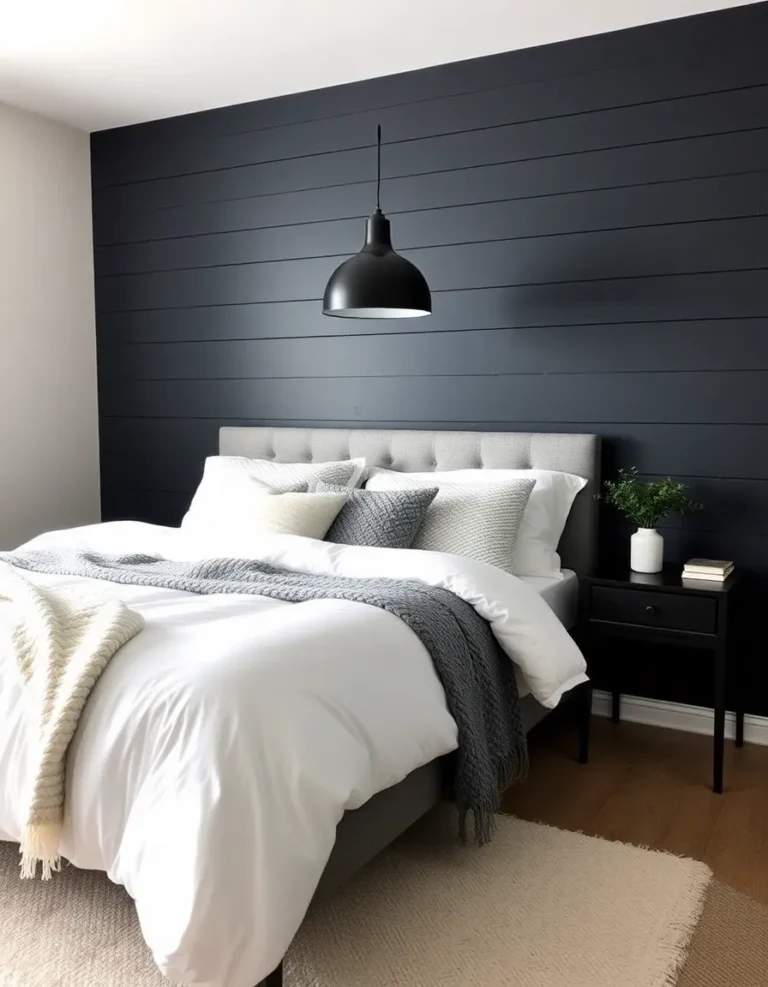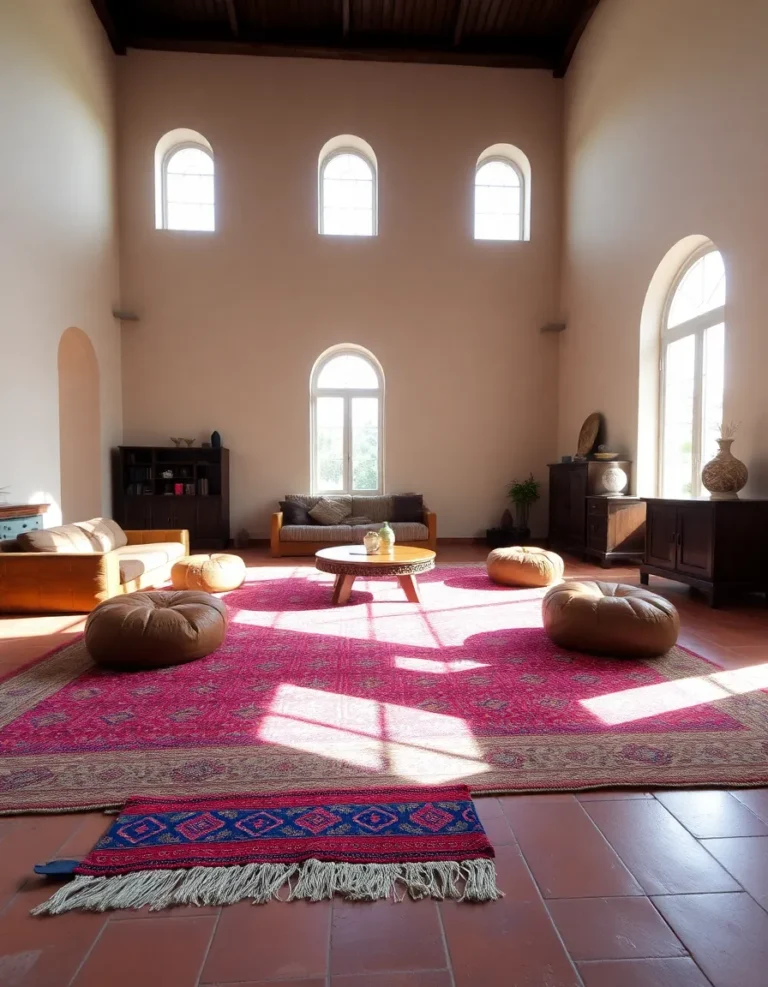Retro Meets Now: How to Modernize a 70s Kitchen Look
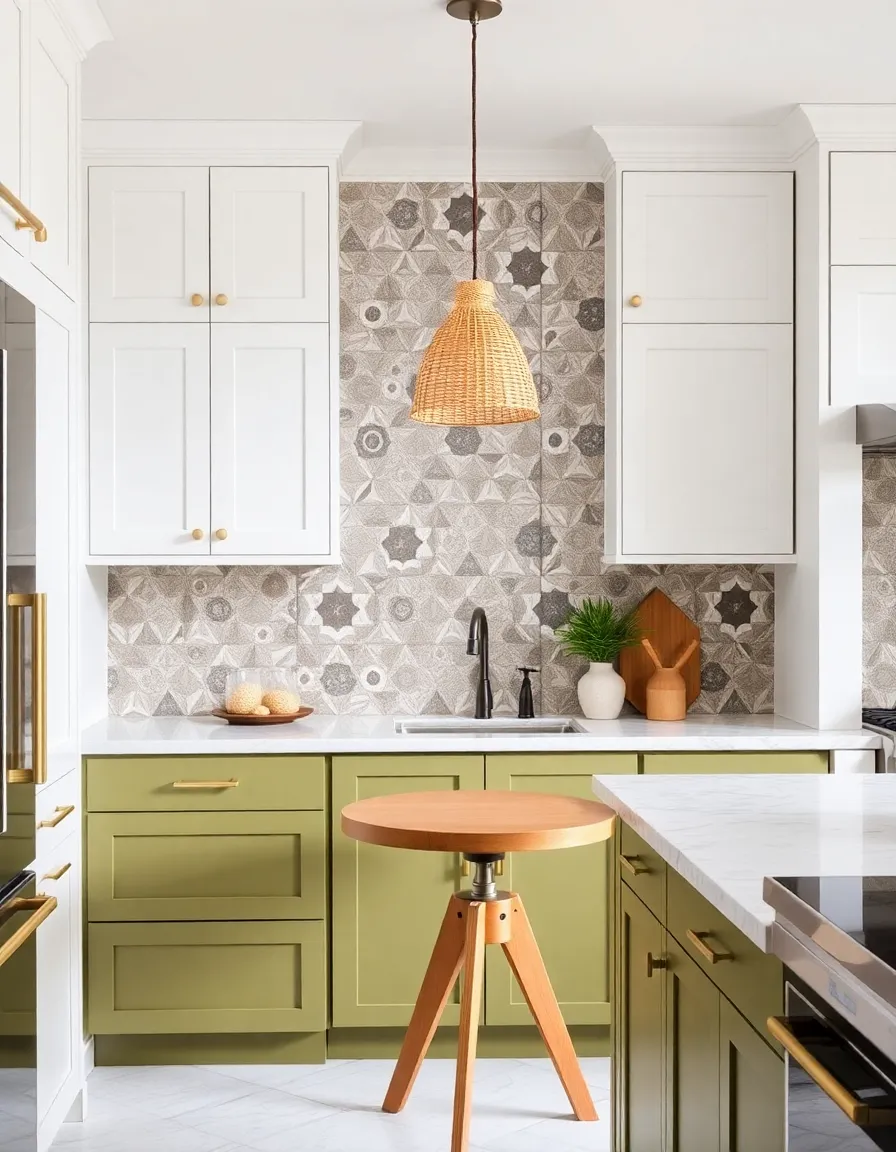
Ah, the 70s—a decade of disco, bell-bottoms, and kitchens that screamed “avocado green and burnt orange forever!” If you’ve got a 70s kitchen that’s stuck in a time warp, don’t panic. You don’t have to gut the whole thing (unless you really want to). With a few clever tweaks, you can bring that retro charm into the modern age without sacrificing functionality or style. Think of it as giving your kitchen a groovy makeover that even Austin Powers would approve of. So, grab your fondue set (or don’t, because, let’s be real, who actually uses those anymore?), and let’s dive into how to modernize a 70s kitchen look.
First things first—why bother blending retro with modern? Well, because 70s kitchens have character. Those warm wood tones, funky patterns, and bold colors? They’re begging for a comeback. But let’s face it, no one misses the impractical layouts or the peeling laminate countertops. The goal here is to keep the soul of the 70s while ditching the stuff that makes your kitchen feel like a relic. And hey, if you can do it without breaking the bank, even better. Ready to give your kitchen a fresh lease on life? Let’s get started.
1. Embrace the Color Palette (But Maybe Dial It Down a Notch)
Remember when every 70s kitchen looked like it was sponsored by a pack of highlighters? Yeah, we don’t need to go that hard. But those earthy tones—mustard yellow, olive green, rusty orange—can actually work wonders in a modern space. The trick? Use them as accents instead of drowning your entire kitchen in them. Swap out an all-orange backsplash for a sleek white subway tile with a few bold-colored deco tiles mixed in. Or paint just your lower cabinets in a rich, muted avocado while keeping the uppers crisp and white.
And if you’re feeling adventurous, why not try a modern twist on the classic 70s color-blocking trend? A two-tone kitchen with a deep walnut base and creamy upper cabinets can look incredibly sophisticated. Just avoid going full-on “harvest gold appliances” unless you’re committed to the bit (and have a therapist on speed dial for when you regret it).
Pro tip: If you’re not ready to commit to bold colors, start small. A vintage-inspired rug, some funky dishware, or even a single statement wall can give you that retro vibe without overwhelming the space.
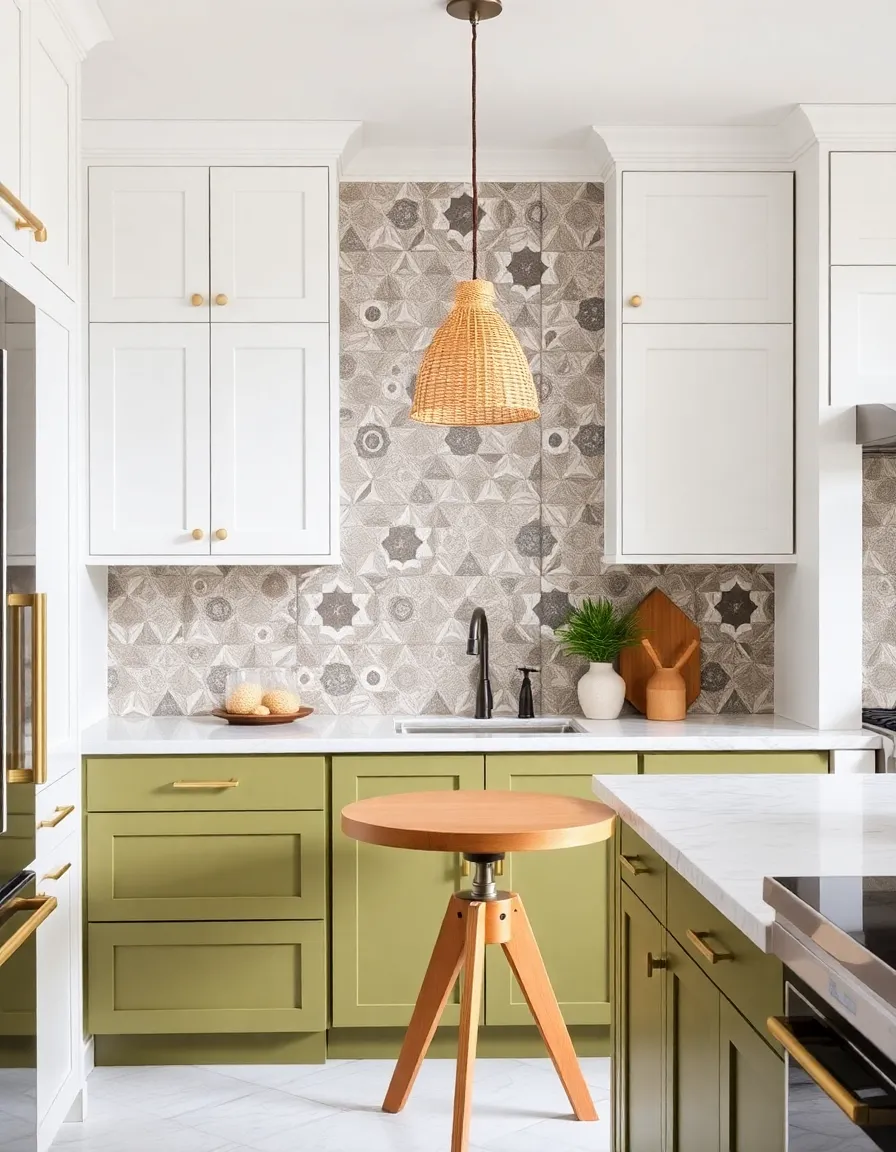
2. Update Those Cabinets (Without Tossing Them)
Let’s talk cabinets. If your kitchen still has the original 70s wood ones, you might be tempted to rip them out and start fresh. But hold up—those things are built like tanks, and with a little love, they can look amazing. Instead of replacing them, consider refinishing or repainting. A fresh coat of paint in a modern shade (think navy, charcoal, or even a soft greige) can work wonders. And if the doors are looking a little dated, swapping out the hardware is an easy fix. Matte black or brass pulls can instantly elevate the whole look.
If your cabinets are beyond saving (or you just hate them), you don’t have to go full IKEA showroom. Open shelving is a great way to keep that 70s vibe while making the space feel airier. Just style them with a mix of vintage ceramics and modern essentials—because nothing says “I have my life together” like a perfectly curated shelf of mismatched mugs.
And hey, if you’re feeling extra, why not add some glass-front cabinets? They’re a nod to the 70s love of display while keeping things sleek. Just promise me you won’t fill them with creepy porcelain dolls. This is a kitchen, not your grandma’s curio cabinet.
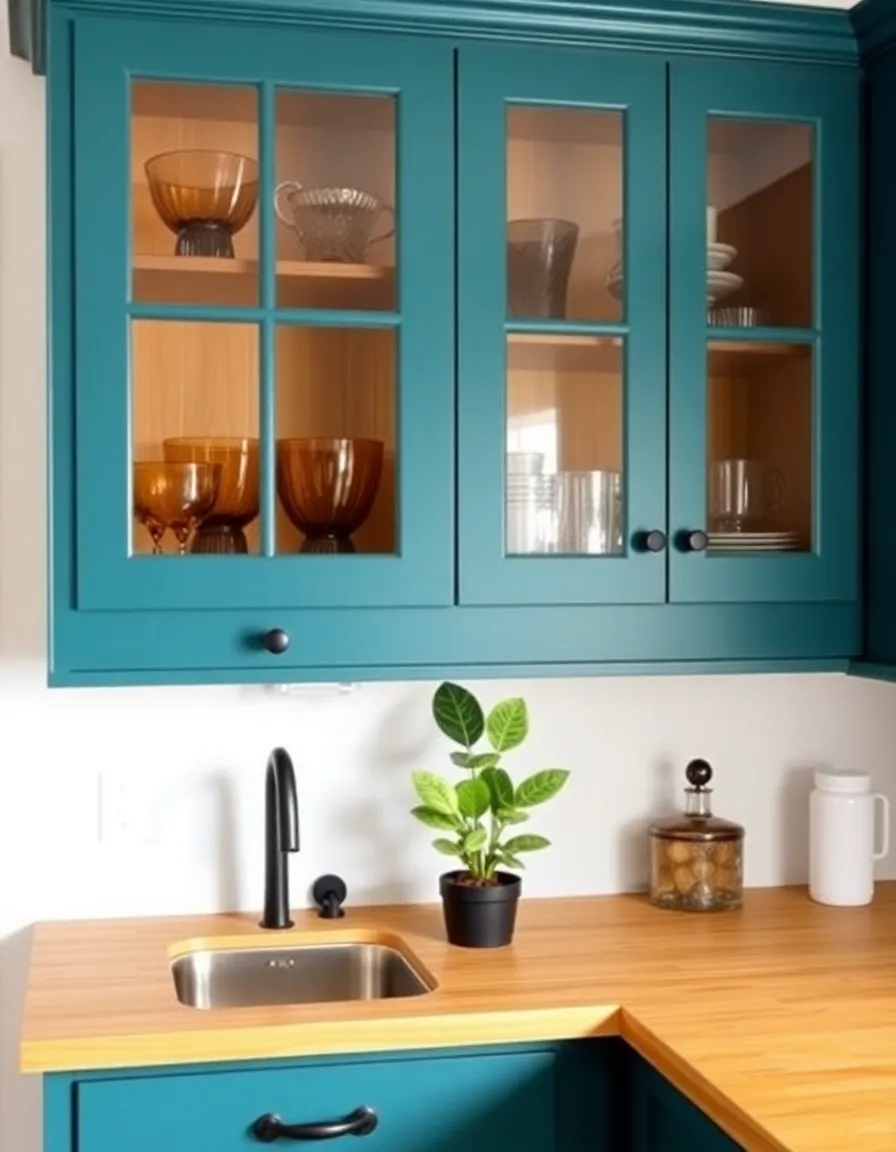
3. Modernize the Appliances (Because No One Misses Harvest Gold Fridges)
Look, I get it—vintage appliances have a certain charm. But unless you’re running a diner-themed Airbnb, a mustard-yellow fridge probably isn’t doing you any favors. The good news? You don’t have to sacrifice retro style for modern functionality. Brands like Smeg and Big Chill offer appliances in fun colors that give a nod to the 70s without looking like they belong in a museum. A pastel pink fridge? Yes, please. A mint-green stove? Sign me up.
If colorful appliances aren’t your thing, stainless steel is always a safe bet. But to keep things interesting, try pairing them with warm wood accents or brass finishes. It’s all about balance—too much chrome can make your kitchen feel like a lab, but the right mix of metals and textures can create a space that’s both modern and inviting.
And while we’re at it, let’s talk about microwaves. If yours is sitting on the counter like a sad little spaceship, consider a built-in model or even a drawer microwave. Your countertops will thank you.
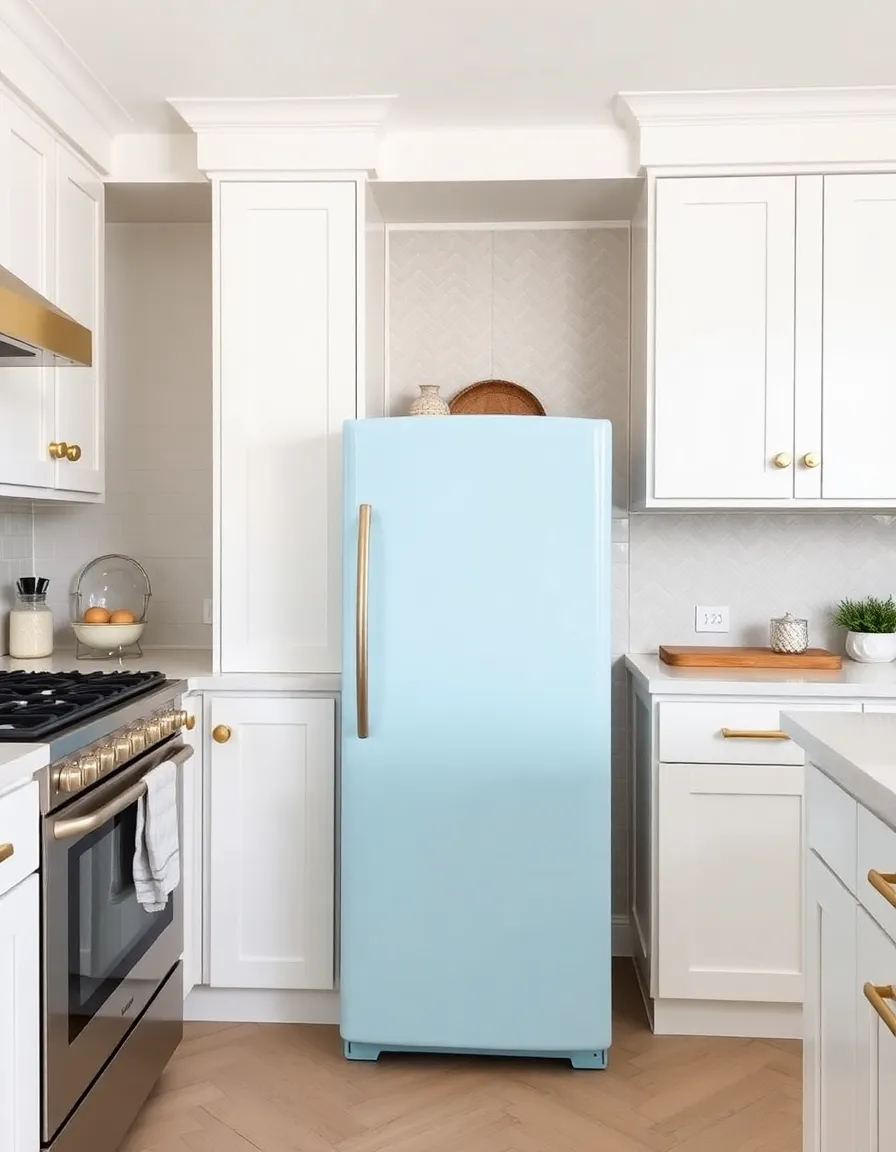
4. Flooring: Ditch the Shag (Unless You’re Into That)
Nothing screams “70s” like linoleum floors in eye-searing patterns. But before you tear them out, hear me out—some vintage linoleum is actually pretty cool. If you’ve got a fun geometric pattern, consider keeping it and building the rest of your kitchen around it. Just balance it with neutral walls and simple cabinetry so it doesn’t feel like a funhouse.
If your floors are beyond saving (or just plain ugly), there are plenty of modern options that still give a retro feel. Terrazzo is having a major moment right now, and it’s a great way to add texture without going overboard. Or go for large-format tiles in a warm, earthy tone—they’re practical, timeless, and won’t make your kitchen look like a disco.
And if you’re dead set on wood floors, stick to medium tones. Light oak can feel too Scandinavian, and dark walnut can veer into “man cave” territory. A honey-toned hardwood strikes the perfect balance between 70s warmth and modern simplicity.

5. Lighting: Go Big or Go Home (But Not Too Big)
Lighting can make or break a kitchen, and the 70s had some… interesting choices. If you’re still rocking a fluorescent ceiling box, it’s time for an upgrade. But that doesn’t mean you have to ditch the retro vibe entirely. Sputnik chandeliers, rattan pendants, and even globe lights can add a touch of nostalgia without feeling dated.
For a more subtle approach, try mixing modern fixtures with vintage-inspired bulbs. Edison bulbs in a sleek track lighting system? Chef’s kiss. Just avoid anything that looks like it belongs in a spaceship—unless you’re going for a full-on Jetsons theme, in which case, carry on.
And don’t forget about task lighting! Under-cabinet LEDs are a game-changer for practicality, and they won’t ruin your aesthetic. Because nothing kills a vibe like straining to see your cutting board.

6. Accessorize Like a Pro (But Don’t Overdo It)
Accessories are where you can really have fun with the 70s theme. Think macramé plant hangers, woven baskets, and maybe even a psychedelic print or two. But here’s the key: less is more. You want your kitchen to feel curated, not like a thrift store threw up in it.
Start with a few statement pieces—a vintage-inspired clock, a set of colorful canisters, or a funky fruit bowl. Then layer in practical items like wooden cutting boards or copper pots. And if you’re into plants (and let’s be real, who isn’t?), a few hanging pothos or a fiddle-leaf fig can add life without cluttering the space.
Just avoid the temptation to go full-on “hippie commune.” One macramé wall hanging is cute; five is a fire hazard.

And there you have it—a 70s kitchen that’s ready for the 21st century. Whether you go all-in with bold colors or keep things subtle with a few retro accents, the key is to balance nostalgia with modern functionality. Because let’s face it, no one actually wants to cook on a avocado-green stove from 1973. But with the right updates, you can have a kitchen that’s equal parts stylish and practical. Now go forth and make your kitchen the grooviest spot in the house. Peace, love, and happy renovating! ✌️

